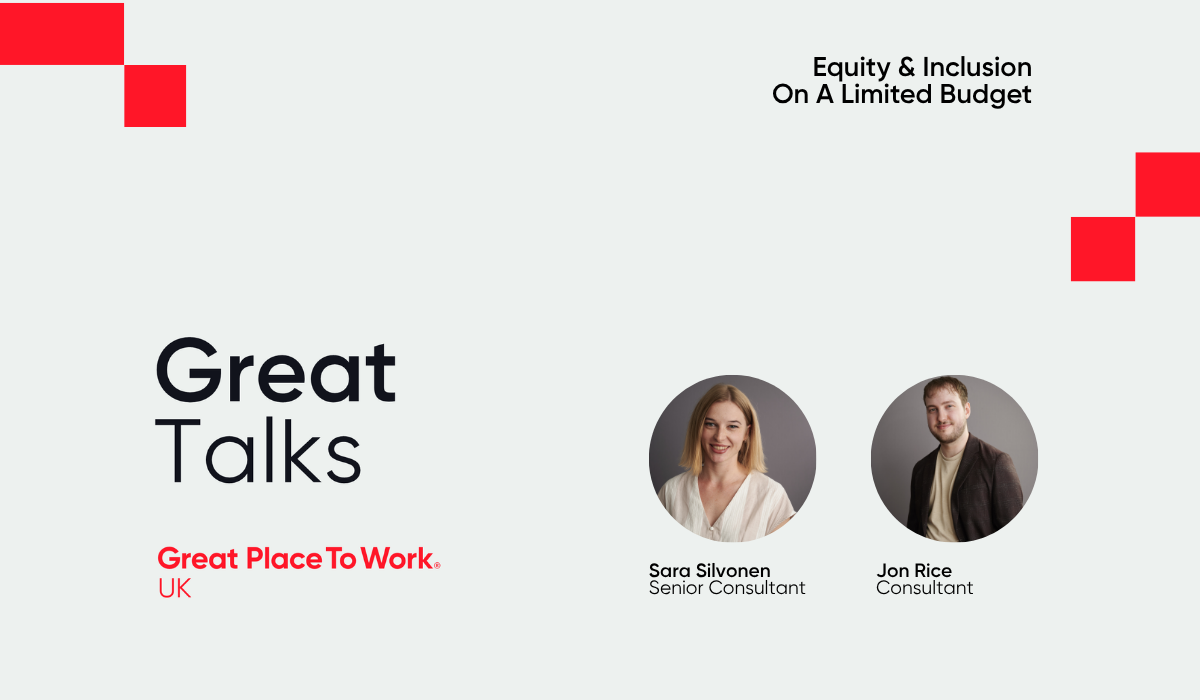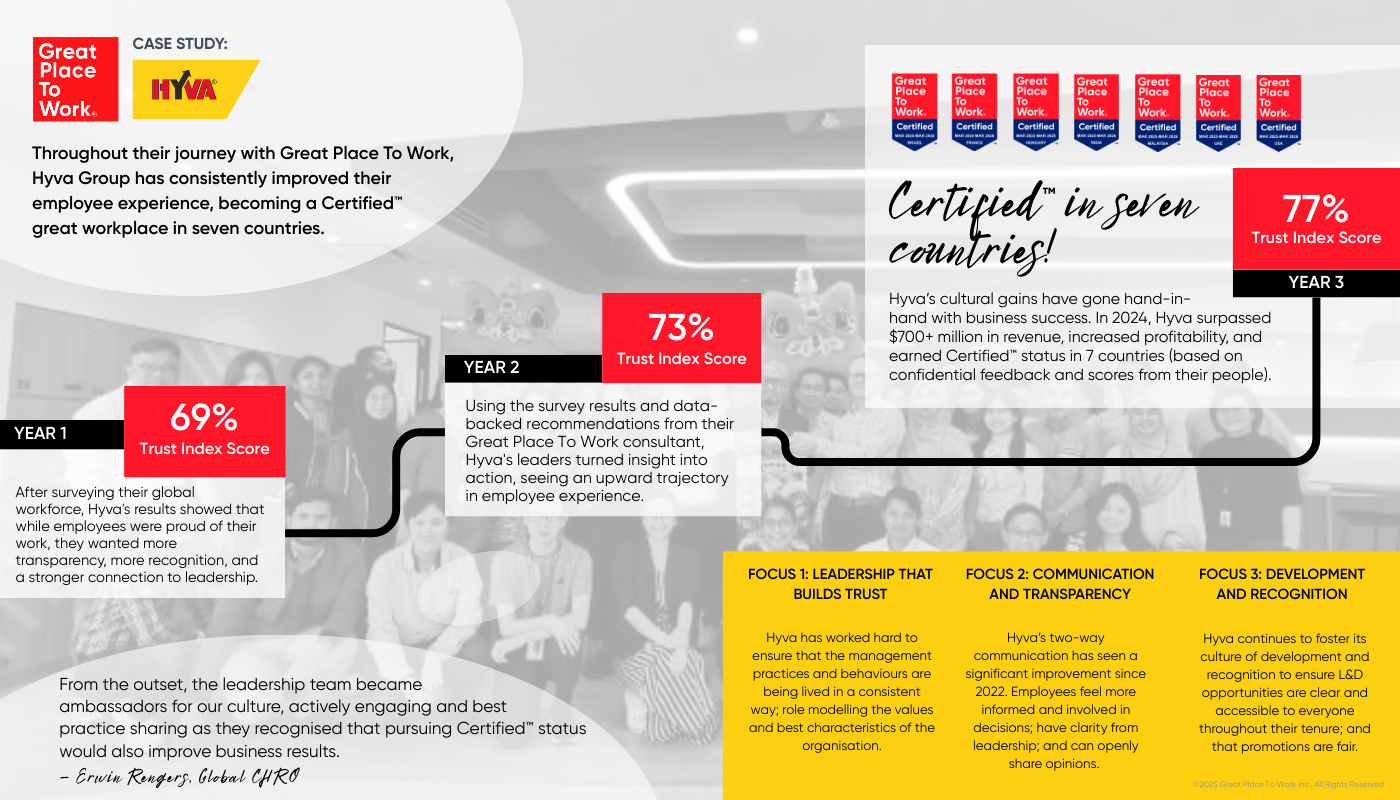Employee wellbeing is a term we hear about all the time, but what does it really mean? Often ‘wellbeing’ gets conflated with ‘wellness’, i.e. all the nice things an employer offers making it easier for employees to nurture their physical, mental and (increasingly often) financial health. Think yoga classes, mindfulness app subscriptions, fresh fruit in the office a ‘wellbeing allowance and subsidised gym memberships, to name a few.
Whilst these can be generous and valuable practices, they’re far removed from the core of workplace wellbeing.
Wellbeing, on the other hand, is a much more intangible and complex concept encompassing all the physical, psychological, social and financial aspects of working life. Together, and if done right, these allow people to perform to their fullest potential, thriving inside and outside the workplace.
| Useful Read: Your Guide to a Successful Employee Wellbeing Strategy
Employee wellbeing is ultimately an outcome and personal assessment of how people feel about their working lives; for employers it is all about creating the conditions for them to thriving.
There is widespread evidence of the importance of employee wellbeing to organisational performance including higher productivity, lower attrition, reduced absenteeism and presenteeism, as well as greater loyalty and discretionary effort. Indeed, the burden of mental ill health alone cost UK employers an estimated 17 million lost working days in 2021/2022 – accounting for over half of all sick leave [1].
What are those conditions for thriving, then? We view them as the 5 pillars of wellbeing at work, as conceptualised by our wellbeing model.
This takes a holistic view, breaking the concept down into the five key pillars which disproportionately impact people’s experience of wellbeing in the workplace.
What are the 5 pillars of employee wellbeing?
1. Psychological Safety
Psychological Safety is all about how employees assess the quality of the psychosocial work environment, i.e. the intangible things you can’t see. This includes the extent to which people feel free to speak up, challenge norms and decisions, show vulnerability and express their authentic selves. Psychological safety is a fundamental foundation closely intertwined with trust that provides the basis for a culture of wellbeing.
2. Interpersonal Relationships
Interpersonal Relationships acknowledges the basic human need to feel connected to other cared about and part of a wider community. Social connections at work are important for experience day-to-day fun and job satisfaction, but also in times of hardship by providing a social support network individuals can draw on for resilience. Besides bonding with peers, close interpersonal relationships are particularly important between employees and people managers.
3. Job Design & Fulfilment
Job Design & Fulfilment considers important individual role-related variables rather than focusing on the wider workplace culture: how are employees’ job roles structured, and how do people feel about them? This includes the extent to which employees experience fulfilment from their jobs, how fairly they feel compensated for it, and whether they’re able to comfortably cope with their job demands.
4. Work-Life Balance
Work-Life Balance, although often an outcome of other job and culture variables, is closely associated with the experience of employee wellbeing – and has taken on new meaning (and challenges) in an era of hybrid and remote working. Where possible, employers should empower employees to fit their working lives around personal lives e.g., through flexible and hybrid working.
5. Mental, Physical and Financial Health
Mental, Physical and Financial Health captures the ‘wellness’ piece of the wider wellbeing puzzle, i.e. the initiatives and offerings in place encouraging self-care behaviours and a wider culture of awareness. These might involve mental health awareness programs, exercise and nutrition advice, and financial wellbeing support. At its best, these efforts aren’t simply isolated perks but rather integrated into the wider fabric and culture of the business.
The 5 pillars of wellbeing are distinct in themselves but strongly inter-connected. Together they form a holistic conceptualisation of employee wellbeing, but also concrete guidance around the areas to action as an employer. Ultimately, an employer’s efforts around the 5 pillars will determine wellbeing outcomes both at an individual and organisational level.
Get data-driven insights and solutions to boost your workplace health and wellbeing.
Sources
[1] Health and Safety Executive Annual Work-Related Ill Health and Injury Statistics, Nov 2022
-2.png)










